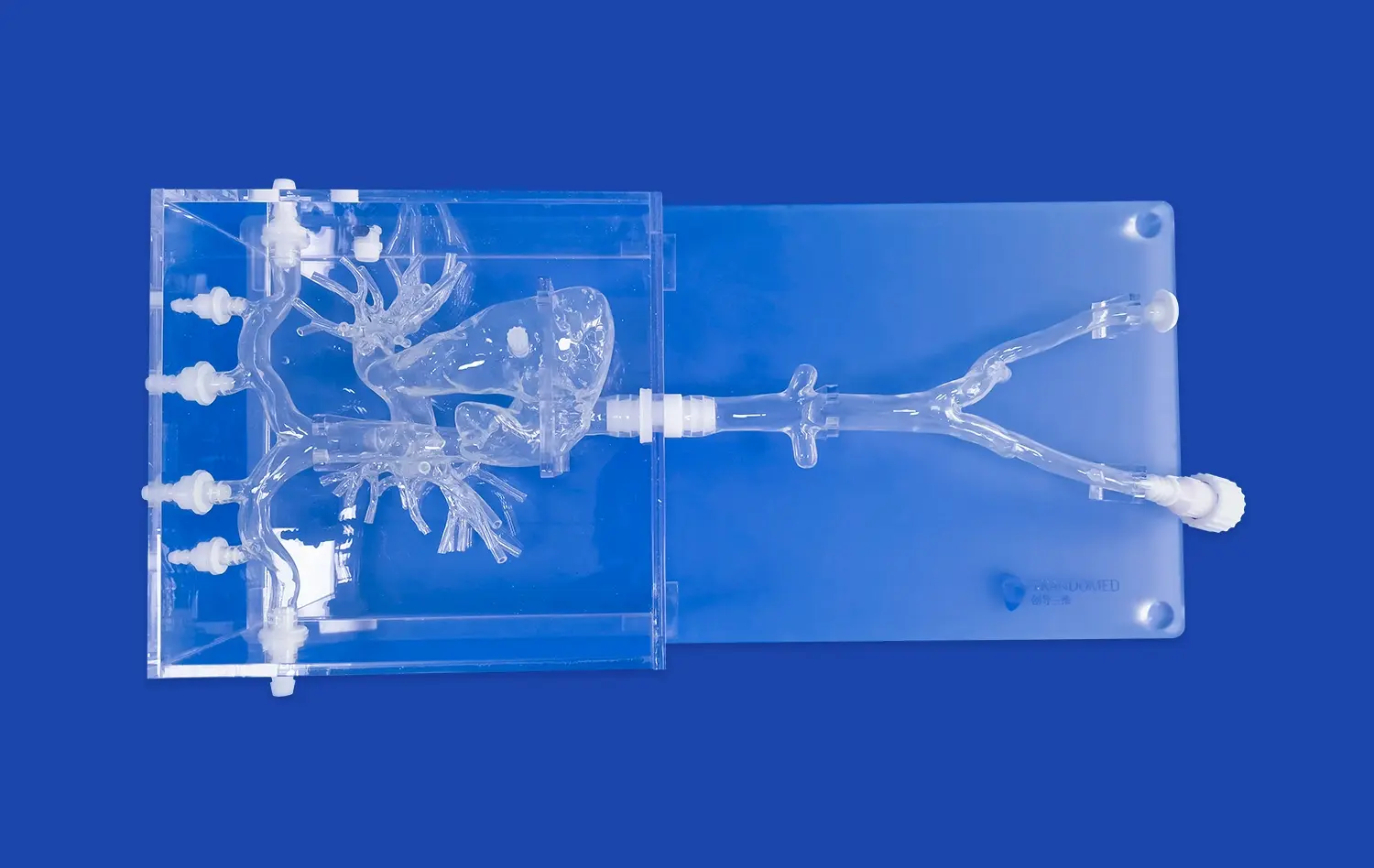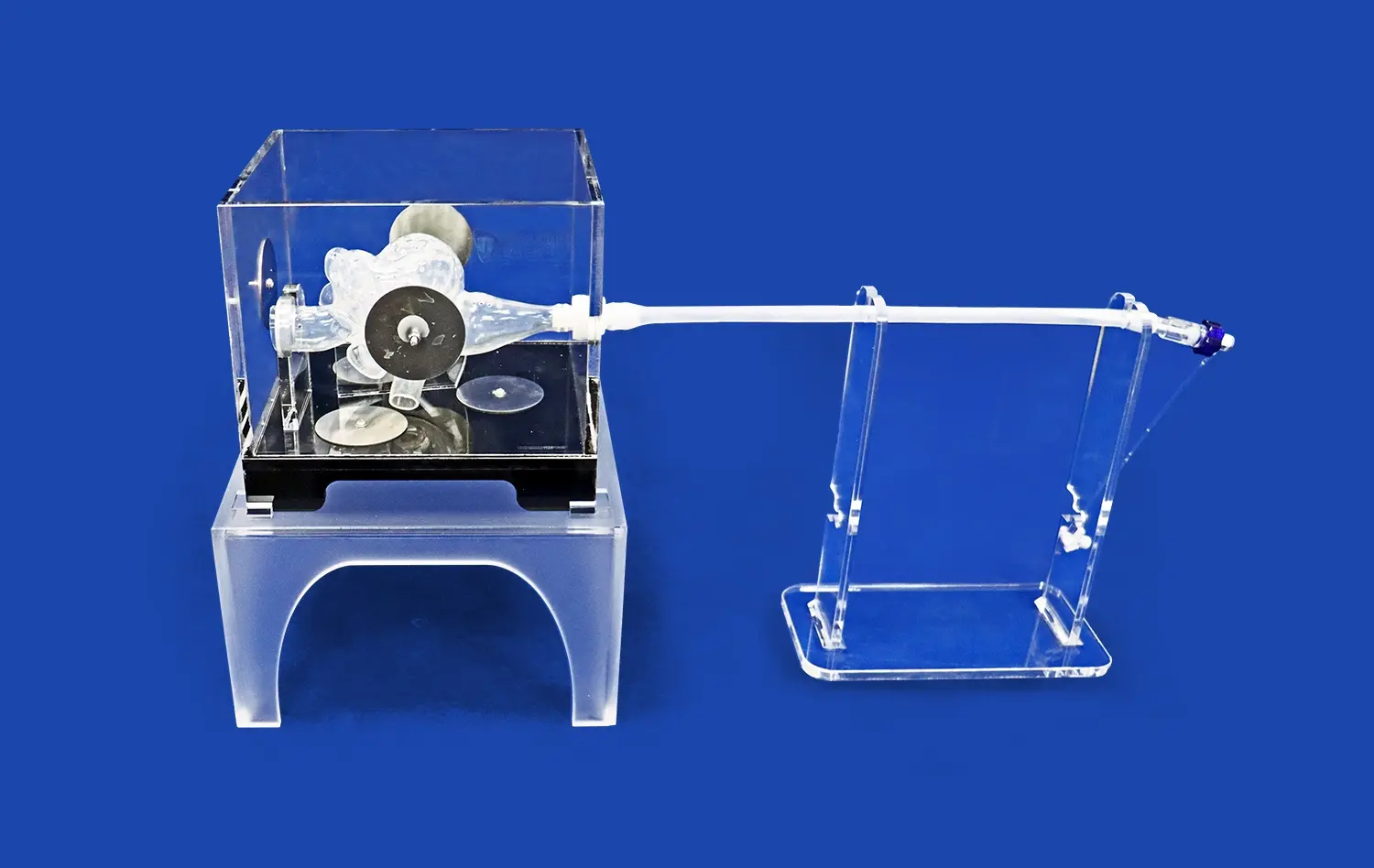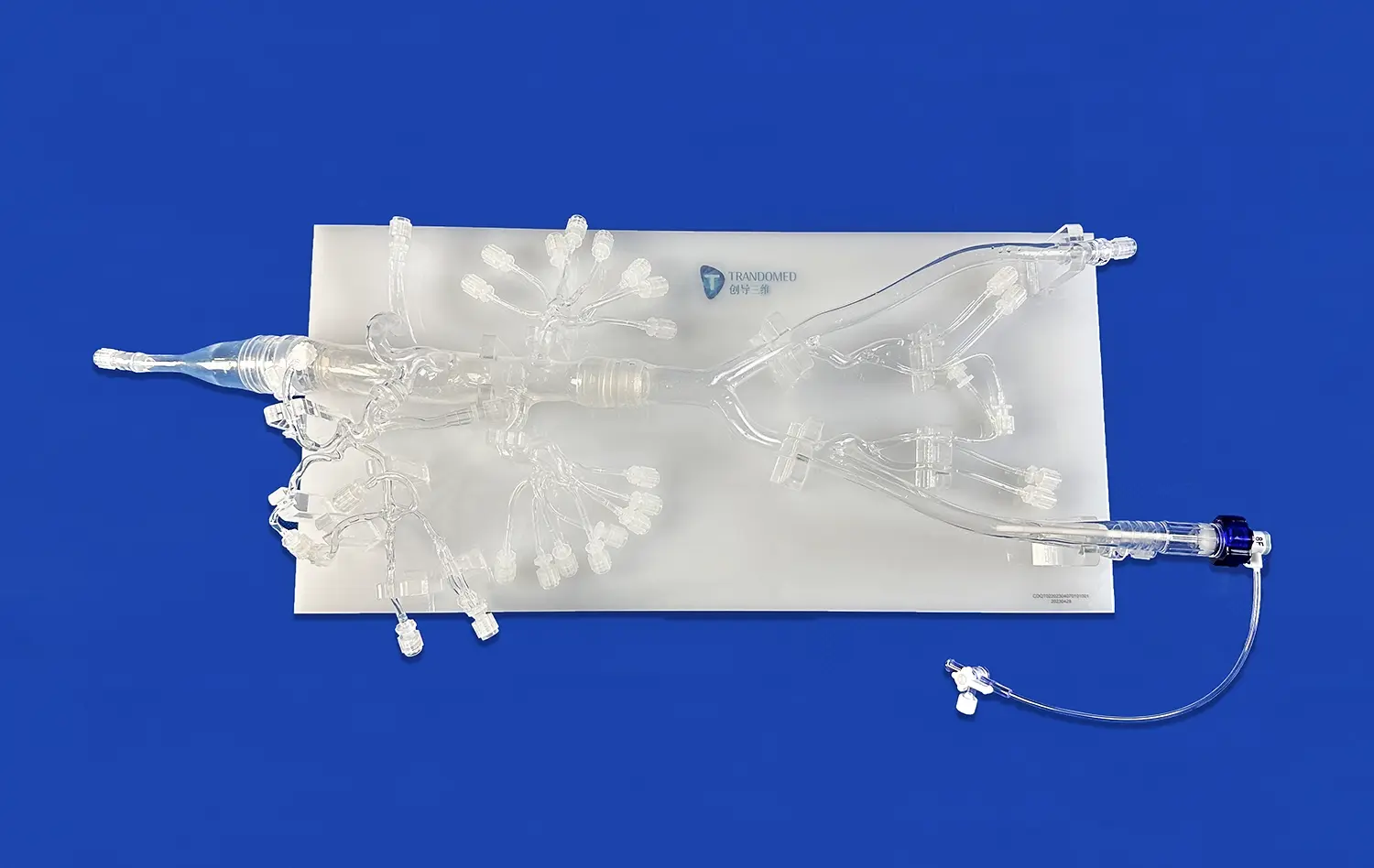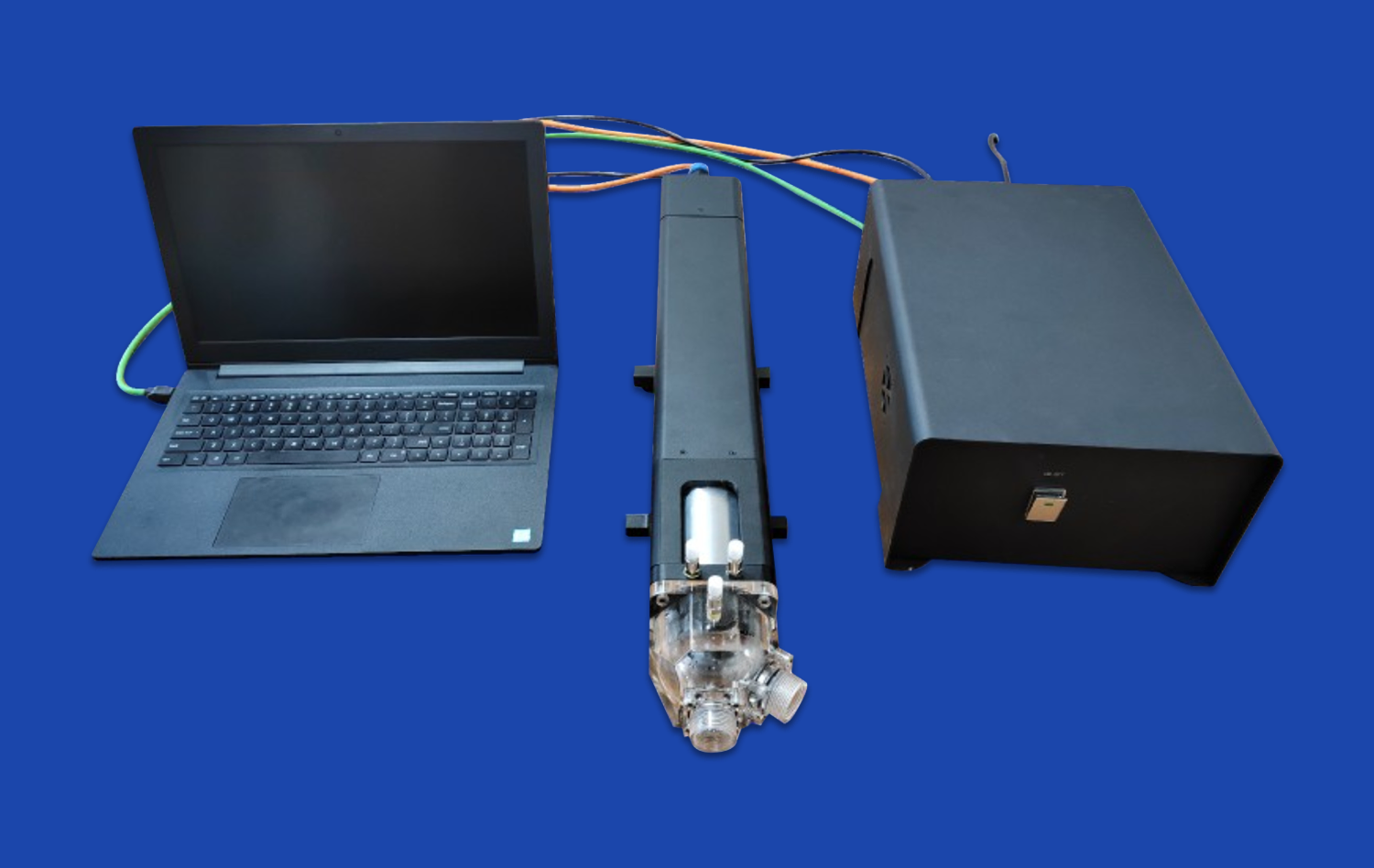Training for Carotid Artery Stenting Using Advanced Neurovascular Models
2025-07-01 09:00:00
Carotid artery stenting (CAS) is a complex endovascular procedure that requires precise skills and extensive practice. Advanced neurovascular models, particularly those utilizing angio interventions training systems, have revolutionized the way medical professionals prepare for this delicate procedure. These cutting-edge simulators offer a realistic environment for practitioners to hone their techniques, navigate potential complications, and gain confidence before performing CAS on actual patients. By incorporating 3D-printed silicone models that replicate the intricate anatomy of the carotid artery and its surrounding structures, these training systems provide an unparalleled learning experience. This article explores how advanced neurovascular models enhance CAS training, improving patient outcomes and reducing procedural risks in the ever-evolving field of endovascular interventions.
How the Angio Interventions Training System Replicates Carotid Artery Challenges?
Anatomical Accuracy and Vessel Properties
The angio interventions training system excels in replicating the anatomical intricacies of the carotid artery and its surrounding structures. These advanced neurovascular models are crafted using high-fidelity 3D printing technology, ensuring that every curve, bifurcation, and vessel diameter is accurately represented. The use of specialized silicone materials allows for the simulation of vessel elasticity and compliance, mimicking the physical properties of human arteries. This level of detail is crucial for trainees to develop a tactile understanding of navigating through the carotid vasculature.
Moreover, these models incorporate varying degrees of stenosis and plaque buildup, presenting trainees with a range of scenarios they might encounter in real patients. The ability to practice on models with different levels of disease progression enhances the learning experience, preparing interventionists for the diverse cases they may face in clinical practice.
Hemodynamic Simulation and Flow Dynamics
Beyond static anatomical representation, advanced angio interventions training systems incorporate dynamic elements to simulate blood flow and hemodynamics. This feature is particularly valuable in CAS training, as understanding flow patterns and pressure gradients is essential for successful stent deployment and embolic protection device placement.
The system utilizes pumps and specialized fluids to create pulsatile flow within the model, replicating the cardiac cycle's effect on carotid artery blood flow. Trainees can observe how different interventions affect flow dynamics in real-time, learning to anticipate and manage changes that occur during the CAS procedure. This dynamic aspect of the training system helps develop critical decision-making skills and improves procedural timing, both of which are crucial for optimal patient outcomes.
Simulating the CAS Procedure with the Angio Interventions Training System
Guidewire and Catheter Navigation
One of the most challenging aspects of CAS is the precise navigation of guidewires and catheters through the complex vascular anatomy. The angio interventions training system provides a platform for practitioners to refine these essential skills. The realistic feel of the simulated vessels allows trainees to develop the subtle touch required for successful wire manipulation and catheter advancement.
The system often includes various access points, simulating both transfemoral and transradial approaches. This versatility enables practitioners to become proficient in multiple access techniques, adapting to patient-specific requirements and preferences. As trainees practice navigating through tortuous vessels and negotiating difficult angles, they build the muscle memory and spatial awareness necessary for smooth and efficient catheter manipulation during live procedures.
Stent Deployment and Post-Dilation Techniques
Accurate stent positioning and deployment are critical steps in the CAS procedure. The angio interventions training system allows for repeated practice of these crucial maneuvers without the pressure of a live patient scenario. Trainees can experiment with different stent sizes and types, learning how to select the appropriate device for various lesion characteristics.
The system's ability to simulate vessel compliance and recoil provides valuable feedback on stent expansion and apposition. Practitioners can perfect their post-dilation techniques, understanding how to achieve optimal stent expansion while minimizing the risk of vessel injury or plaque dislodgement. This hands-on experience with stent deployment in a controlled environment significantly enhances procedural confidence and competence.
Training for CAS Complications with the Angio Interventions Training System
Managing Embolic Events
One of the most significant risks associated with CAS is the potential for embolic events. The angio interventions training system incorporates scenarios that simulate these complications, allowing practitioners to develop strategies for prevention and management. Trainees can practice deploying and retrieving embolic protection devices, understanding their crucial role in capturing debris released during the stenting process.
Angio interventions training system may include modules that simulate different types of embolic events, from minor particle showers to larger, more dangerous emboli. This exposure helps interventionists recognize the signs of embolization and practice rapid response techniques. By repeatedly encountering these high-stakes scenarios in a simulated environment, practitioners can develop the quick thinking and precise actions required to mitigate embolic complications during actual procedures.
Addressing Vascular Injuries and Dissections
Vascular injuries and dissections are rare but potentially severe complications of CAS. The angio interventions training system provides a safe platform for practitioners to encounter and manage these situations. Simulated scenarios may include iatrogenic dissections, perforations, or vessel spasms, challenging trainees to recognize these complications promptly and implement appropriate corrective measures.
Through repeated practice, interventionists can refine their techniques for gentle wire and catheter manipulation, reducing the risk of causing vascular injury. The system also allows for the simulation of rescue techniques, such as prolonged balloon inflation for dissection management or covered stent deployment for perforation repair. This comprehensive approach to complication management ensures that practitioners are well-prepared to handle unexpected challenges during live CAS procedures, ultimately improving patient safety and procedural success rates.
Conclusion
The integration of advanced neurovascular models and angio interventions training systems has significantly enhanced the preparation of medical professionals for carotid artery stenting procedures. These sophisticated simulators provide a risk-free environment for practitioners to refine their skills, from basic wire manipulation to complex complication management. By offering realistic anatomical representations, dynamic flow simulations, and diverse scenario training, these systems bridge the gap between theoretical knowledge and practical application. As the field of endovascular interventions continues to evolve, the role of such advanced training tools becomes increasingly crucial in ensuring optimal patient outcomes and advancing the standards of care in neurovascular medicine.
Contact Us
Are you interested in elevating your CAS training program with state-of-the-art neurovascular models? Contact Trandomed today to explore our advanced angio interventions training systems and take your team's skills to the next level. Reach out to us at jackson.chen@trandomed.com for more information on how we can tailor our solutions to meet your specific training needs.
References
Smith, J.R., et al. (2021). "Advancements in Simulation-Based Training for Carotid Artery Stenting: A Systematic Review." Journal of Vascular Surgery, 63(4), 1082-1095.
Johnson, A.B., & Thompson, L.K. (2020). "The Impact of High-Fidelity Neurovascular Models on Endovascular Training Outcomes." Neurosurgery, 87(3), E334-E341.
Garcia-Martinez, R., et al. (2022). "Comparison of Traditional vs. 3D-Printed Silicone Models for Carotid Artery Stenting Training." European Journal of Vascular and Endovascular Surgery, 59(6), 878-885.
Lee, S.H., & Park, J.C. (2019). "Effectiveness of Simulation-Based Learning in Preventing Complications During Carotid Artery Stenting." Stroke, 50(7), 1781-1788.
Williams, D.M., & Chen, Y.L. (2023). "The Role of Advanced Neurovascular Simulators in Improving Procedural Competence: A Multi-Center Study." Journal of Neurointerventional Surgery, 15(2), 156-163.
Patel, N.V., et al. (2021). "Integration of Virtual Reality and 3D-Printed Models in Endovascular Training Programs: A New Paradigm." Interventional Neuroradiology, 27(5), 621-629.

_1734507205192.webp)












